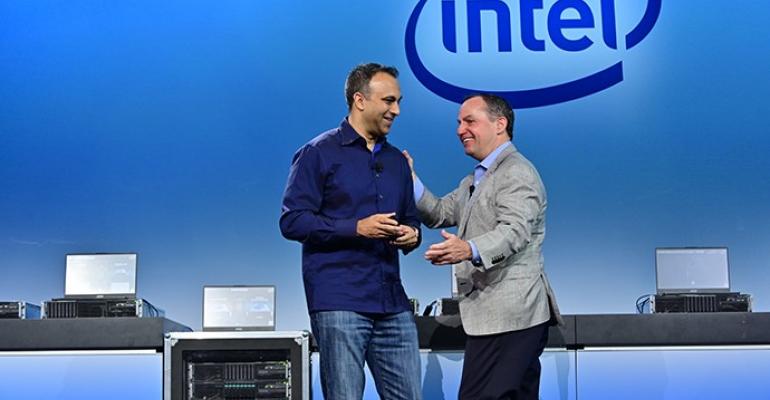With the virtuous cycle of Moore’s Law having very likely run its course, Intel is looking for other means to boost its processors’ performance than, as its founder once put it, “cramming” transistors onto chips. We’ve seen how the company uses microcode to fast-track the execution of certain classes of code — for example, recognizing when code refers to the OpenSSL open source library and pointing it to faster hardware-based microcode instead. Now, the CPU leader is looking to make performance inroads any way it can, even if it means one market segment at a time.
Yet with Intel’s DL Boost architecture for its Xeon server processors, launched in April, the company is attempting a curious new twist on this approach. On the surface, DL Boost is being presented as a feature utilized by certain 2nd Generation Intel Xeons (formerly code-named “Cascade Lake”) to fast-track the processing of instructions used in deep learning operations.
“Intel is trying to counter the perception that GPUs are required for deep learning inference by adding extensions to its AVX-512 vector processing module that accelerate DL calculations,” Marko Insights Principal Analyst Kurt Marko says.
Intel is stacking up its Xeon CPUs directly against Nvidia’s GPUs, which in recent years have seized the artificial intelligence (AI) hardware market and transformed the brand formerly associated with gaming and PC enthusiasts into a key player in high-performance servers in the data center.
“Inference, I don’t think, was ever really an all-GPU game,” Ian Steiner, senior principal engineer with Intel, tells Data Center Knowledge.
To read the rest of this free article, please fill out the form below:




